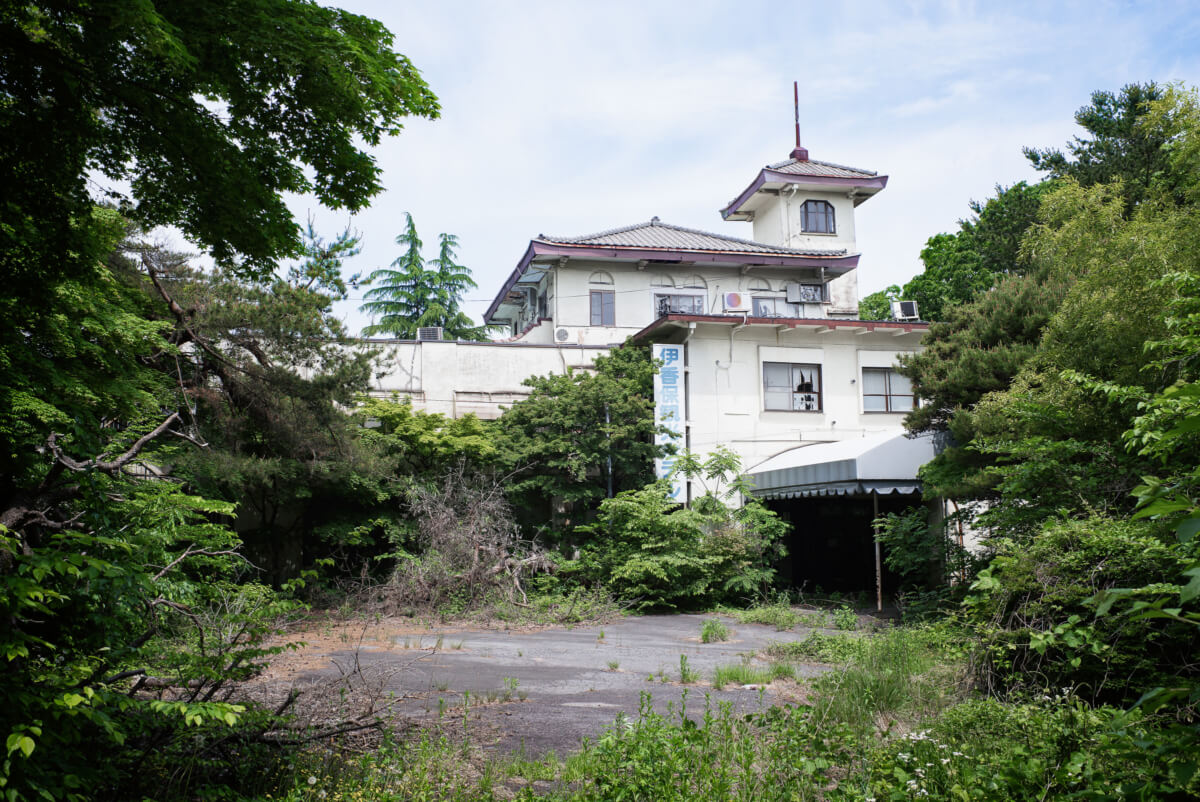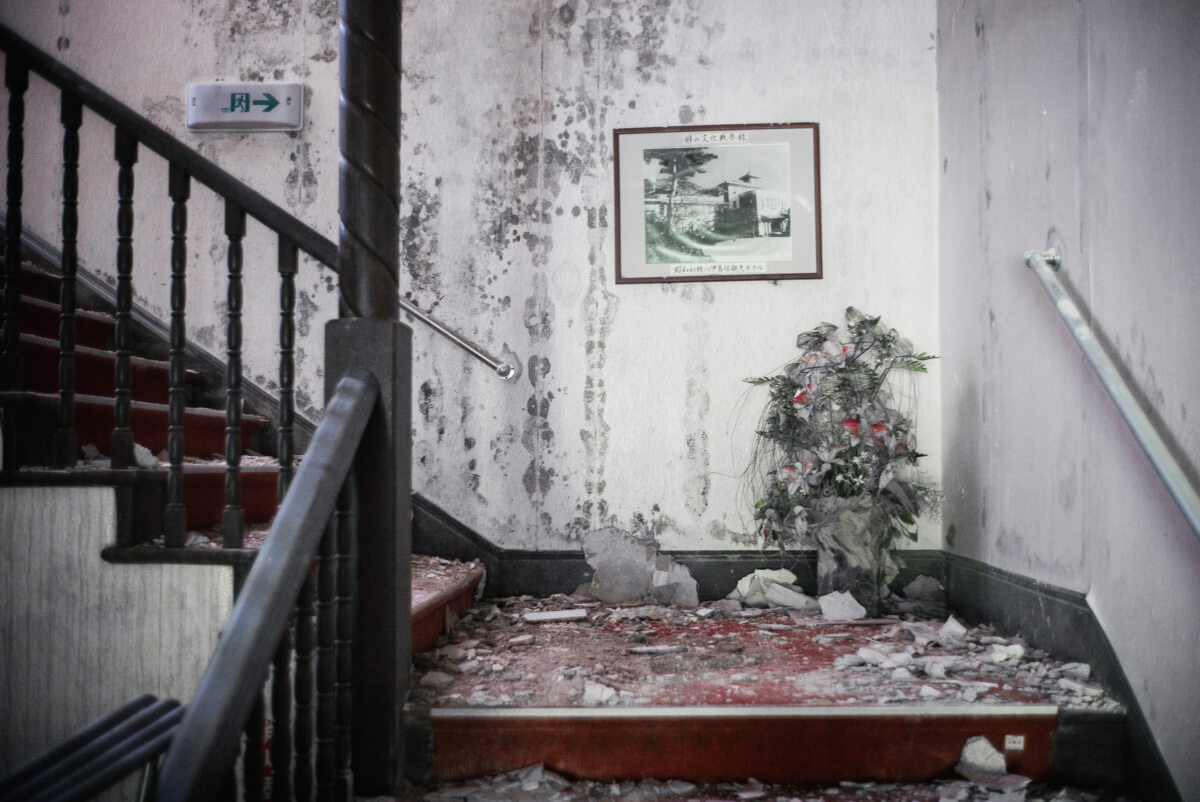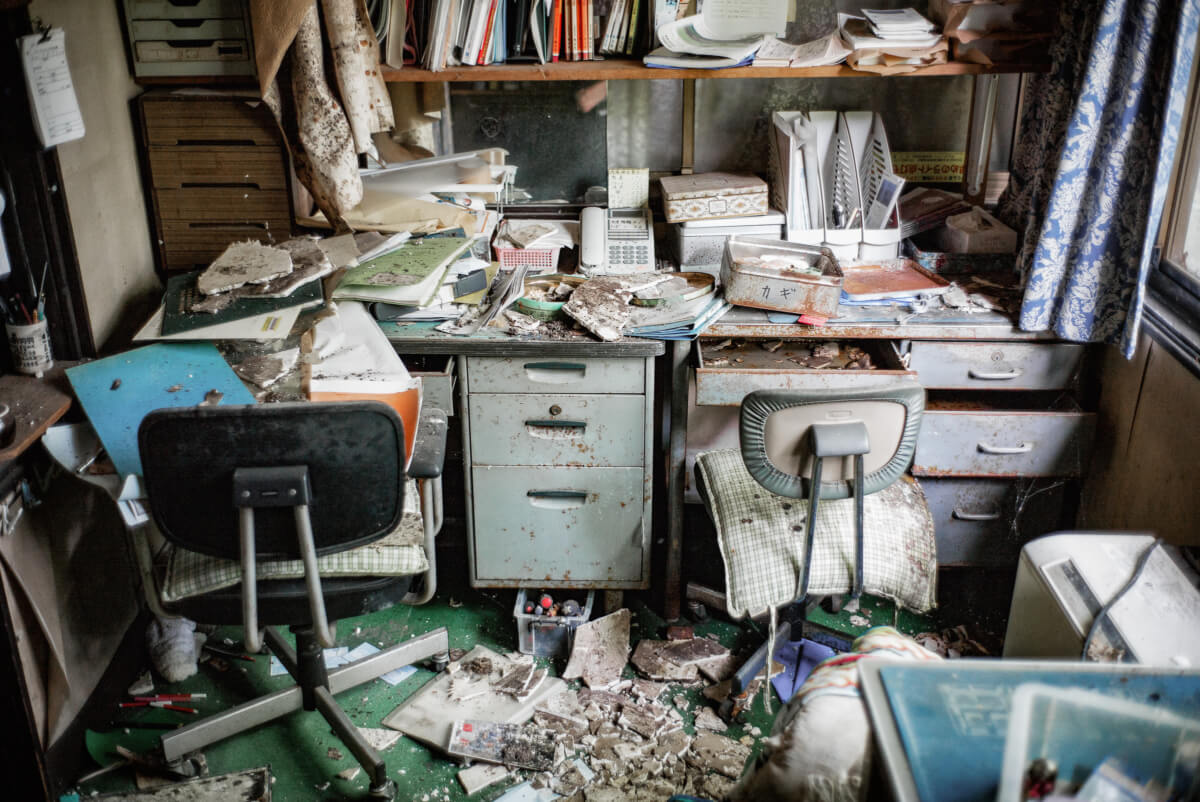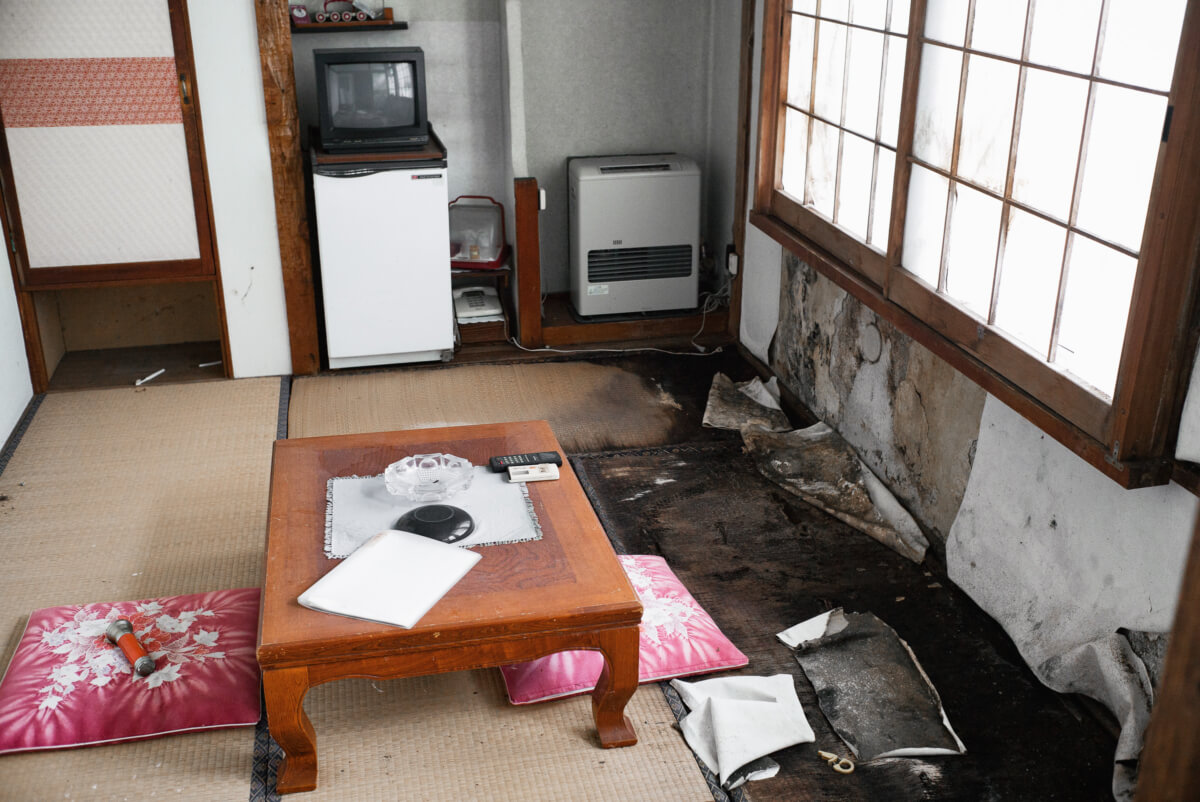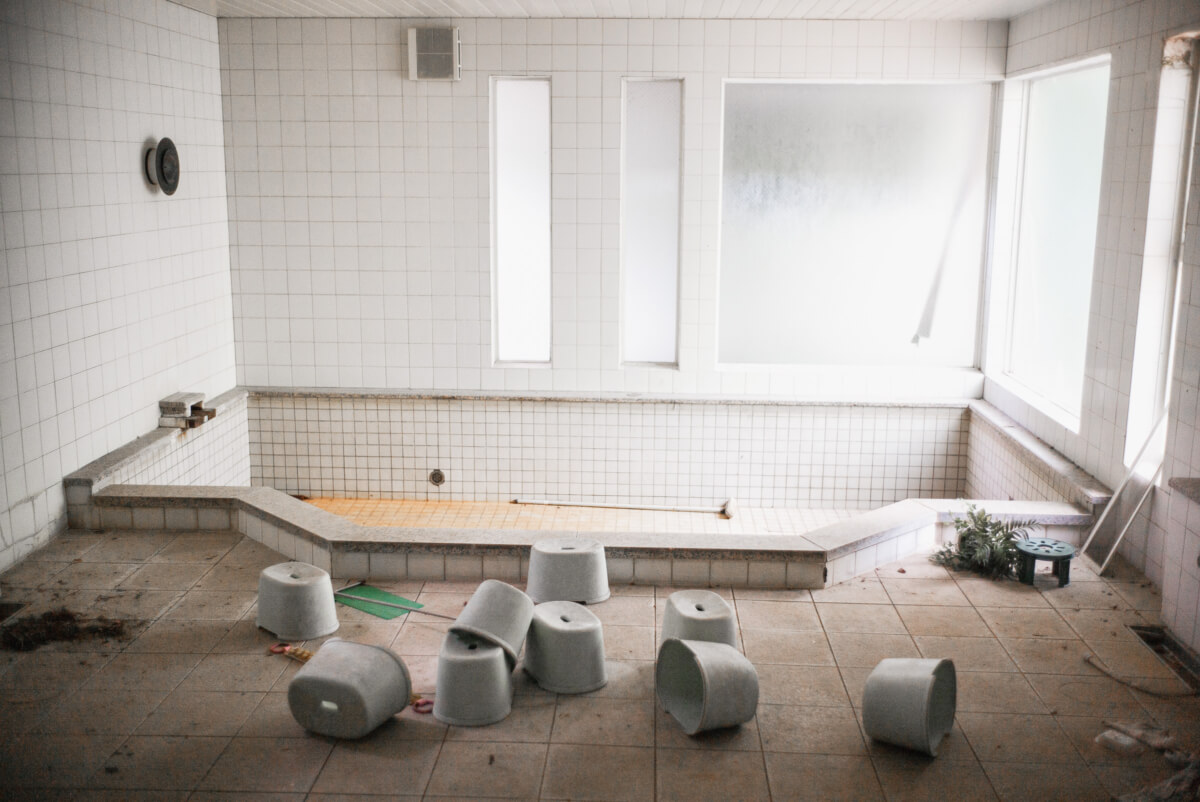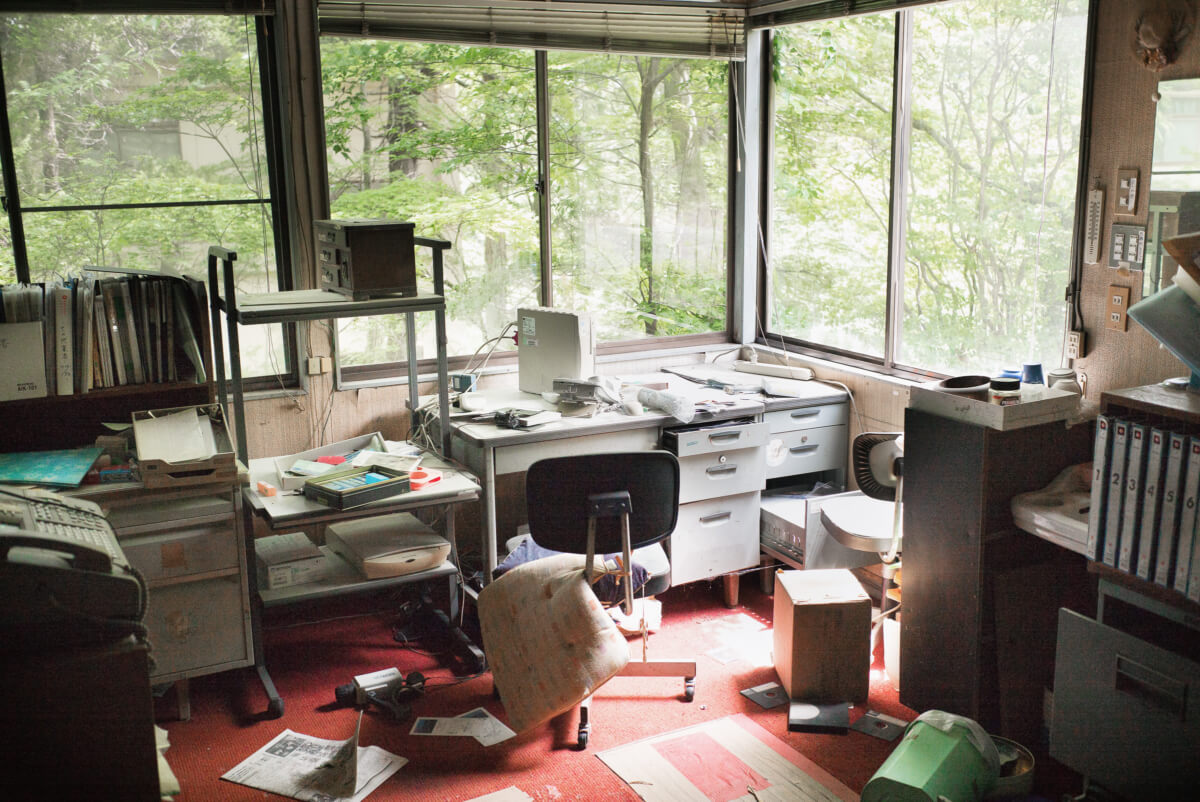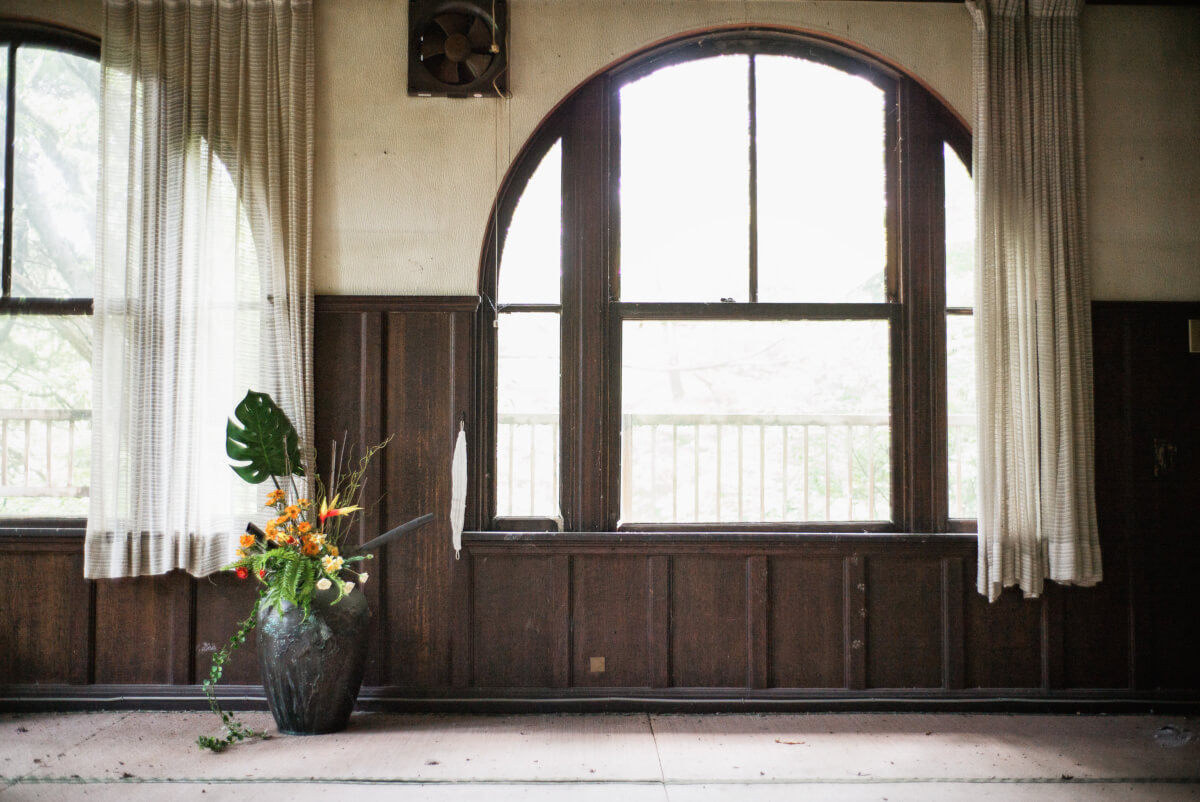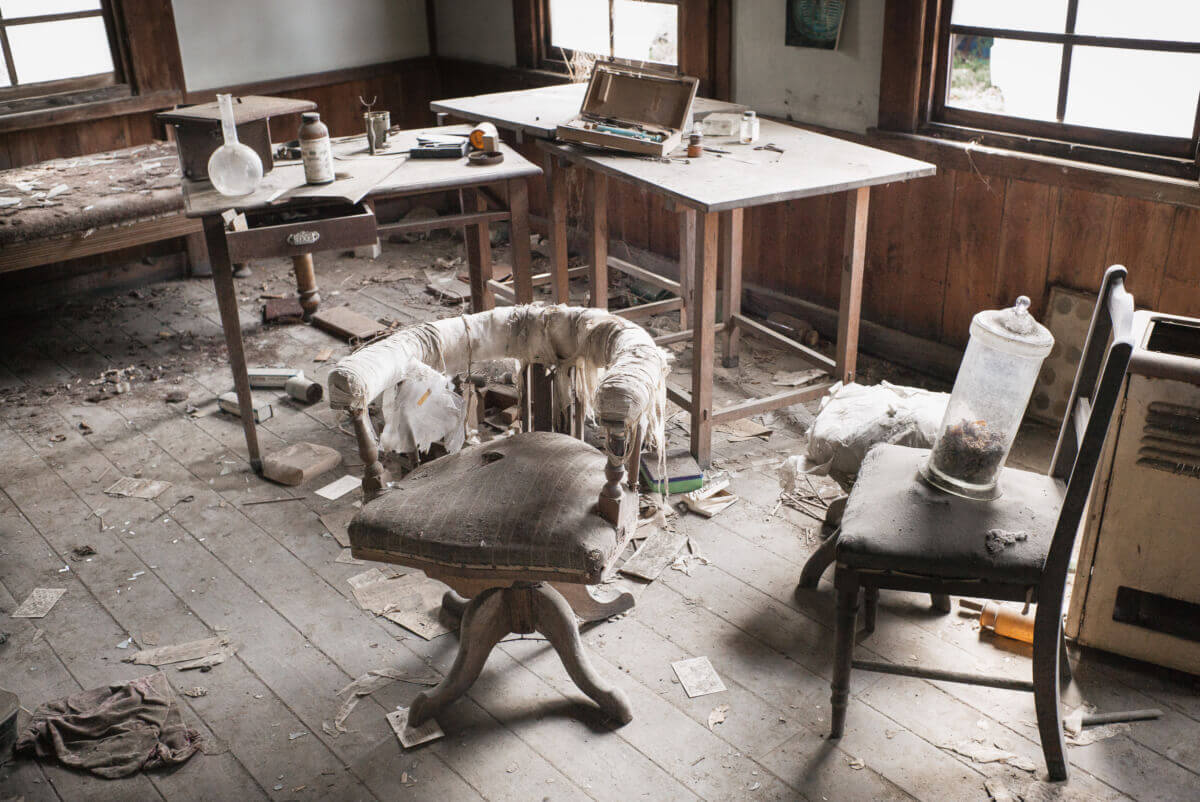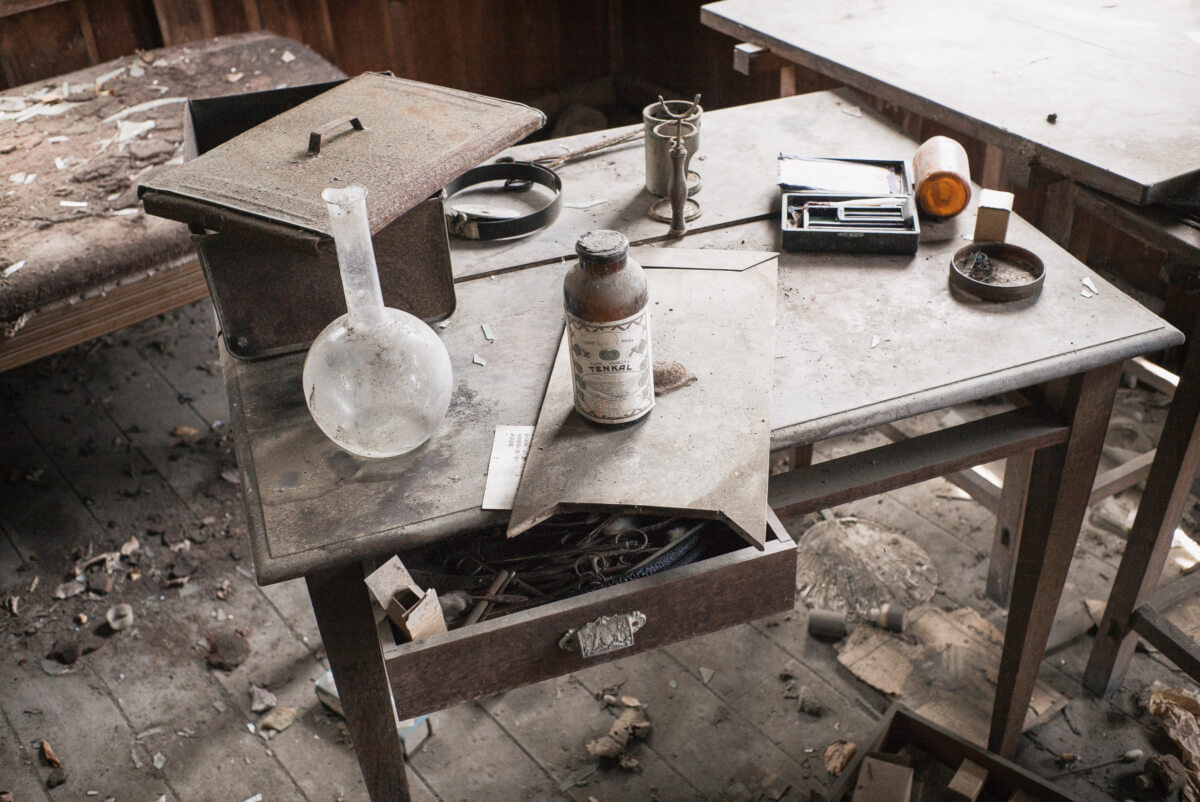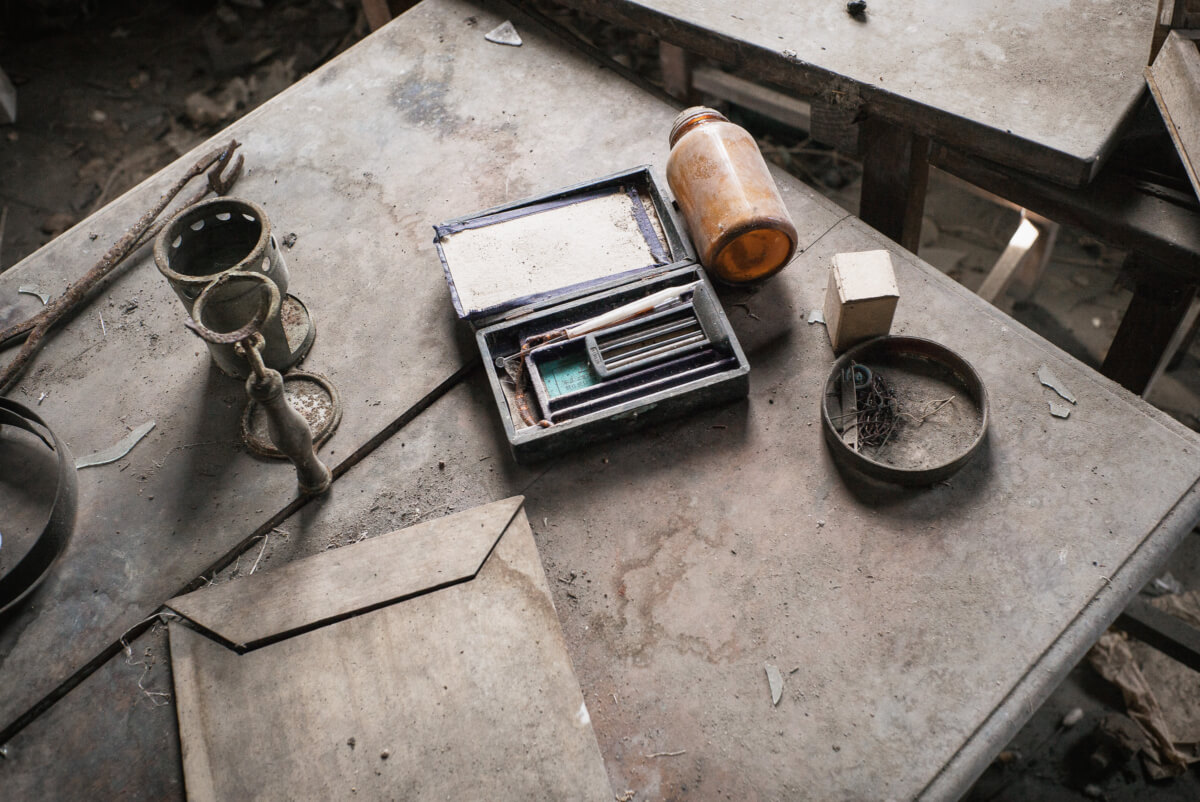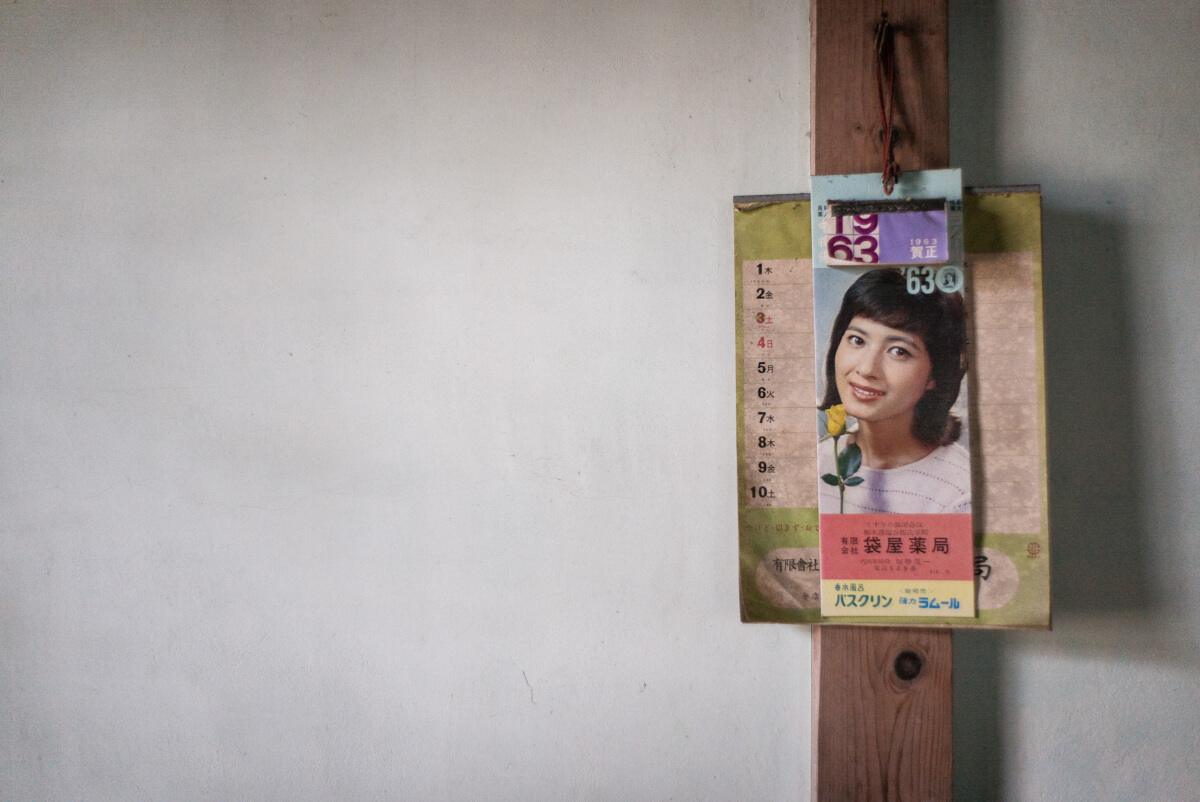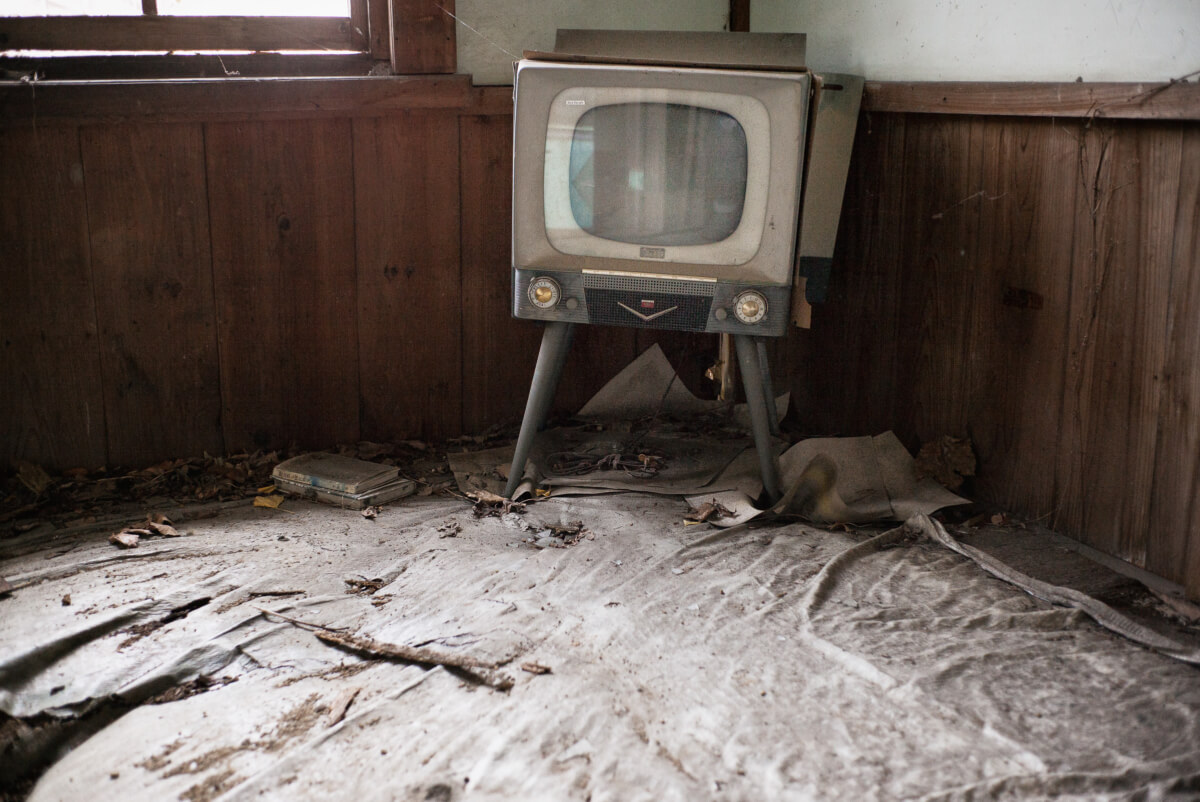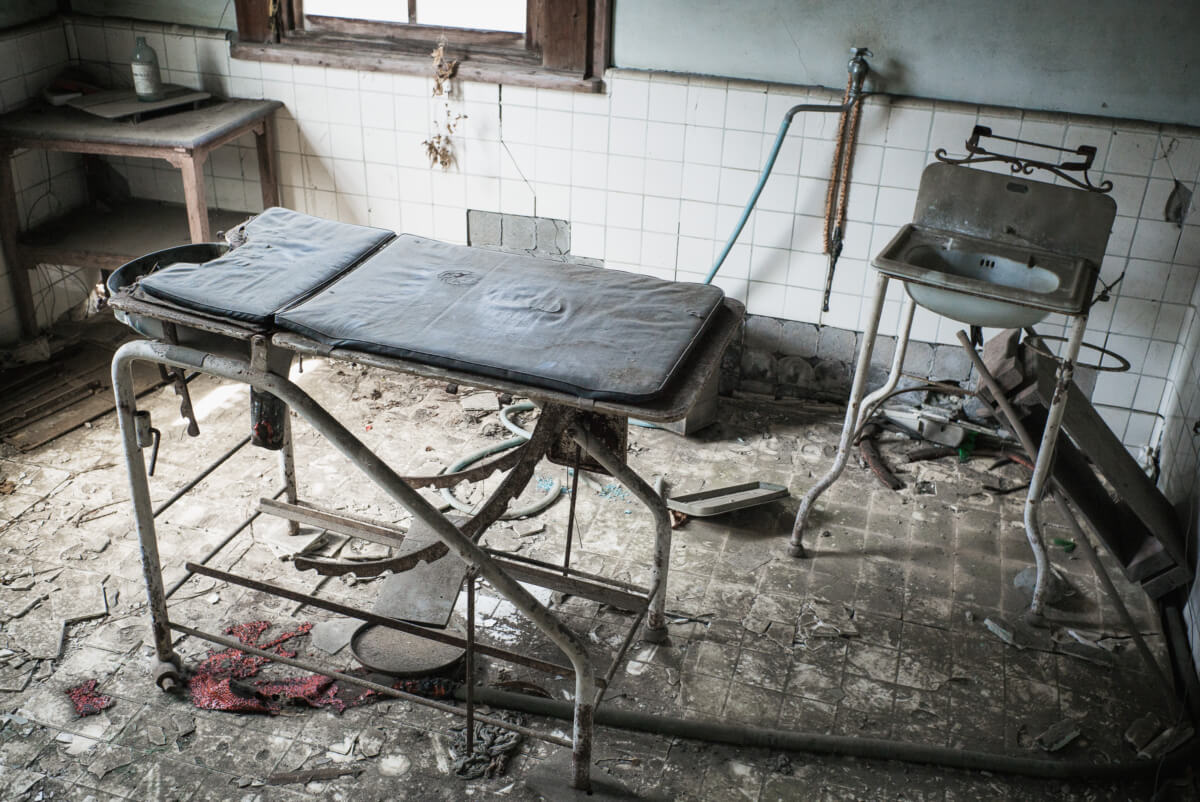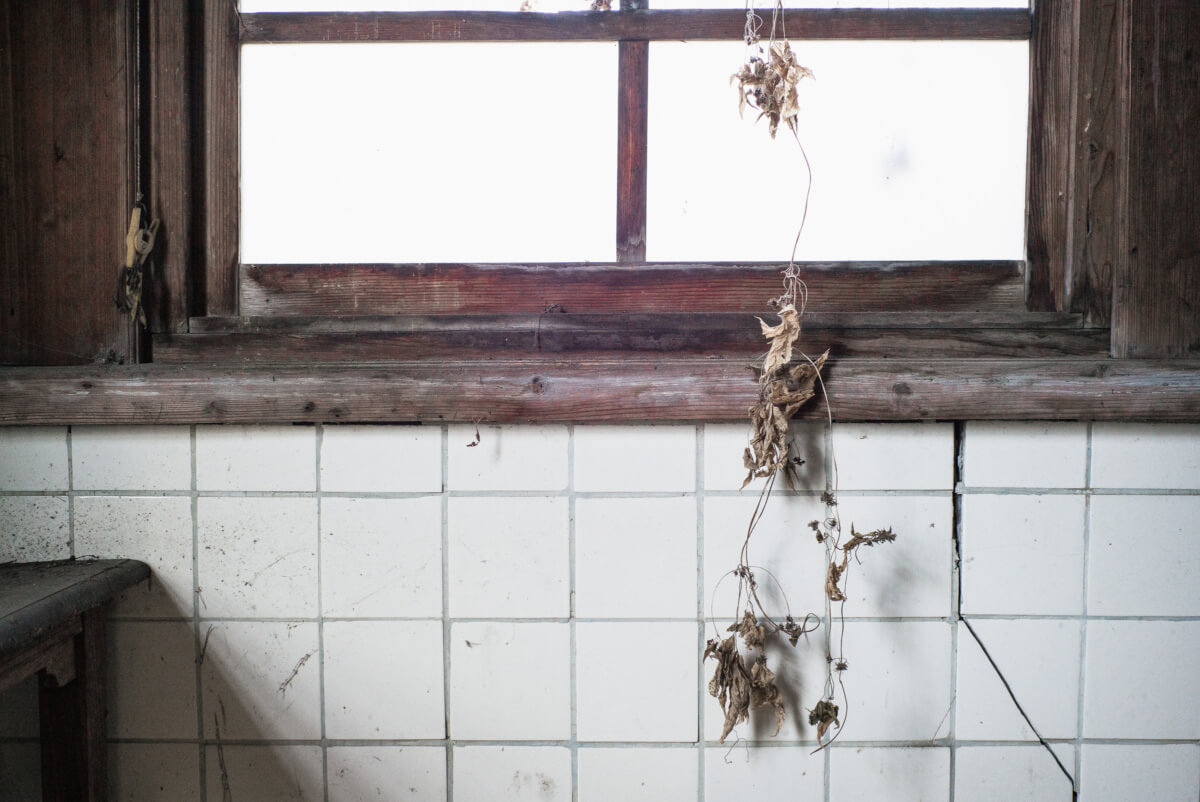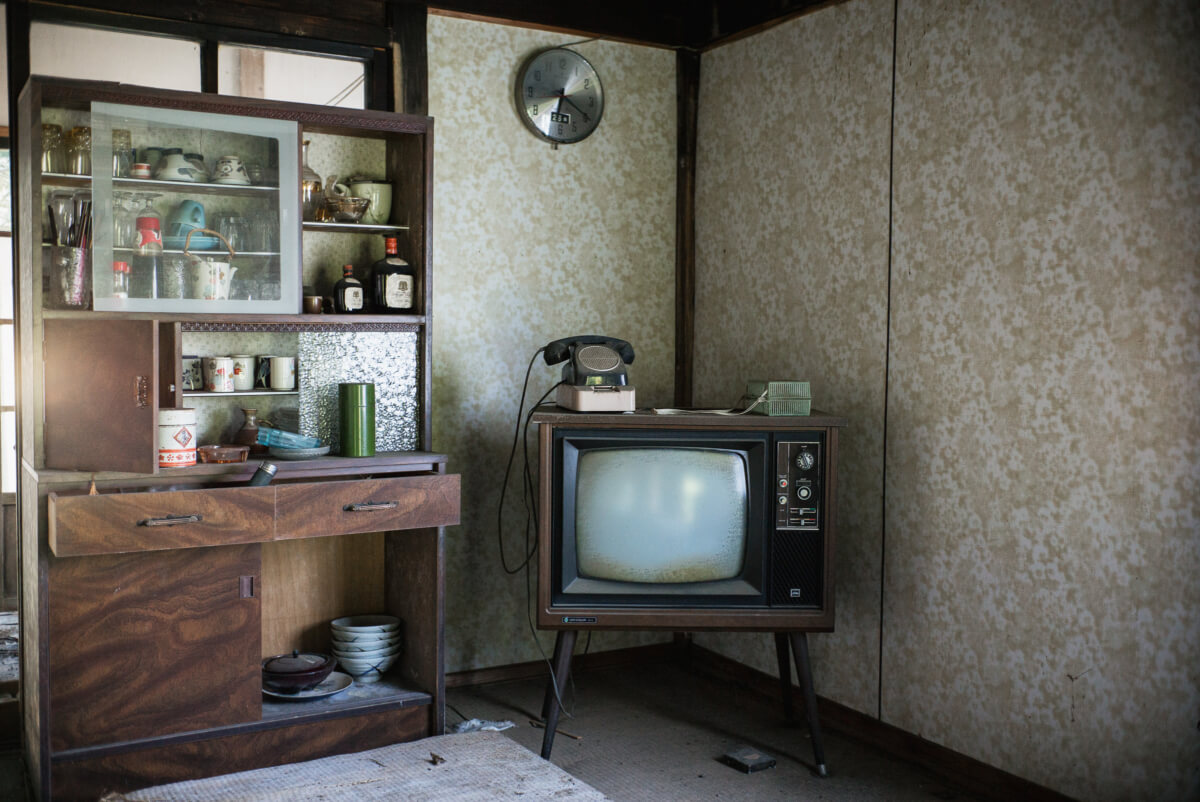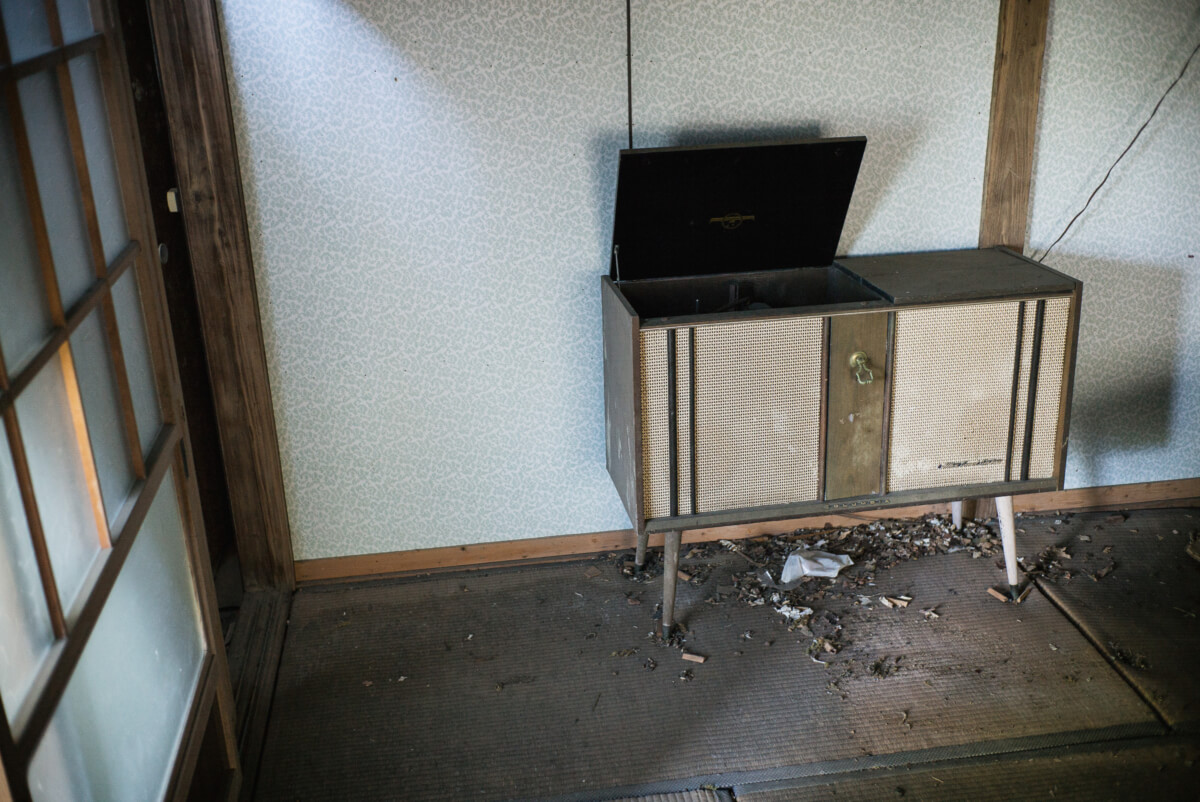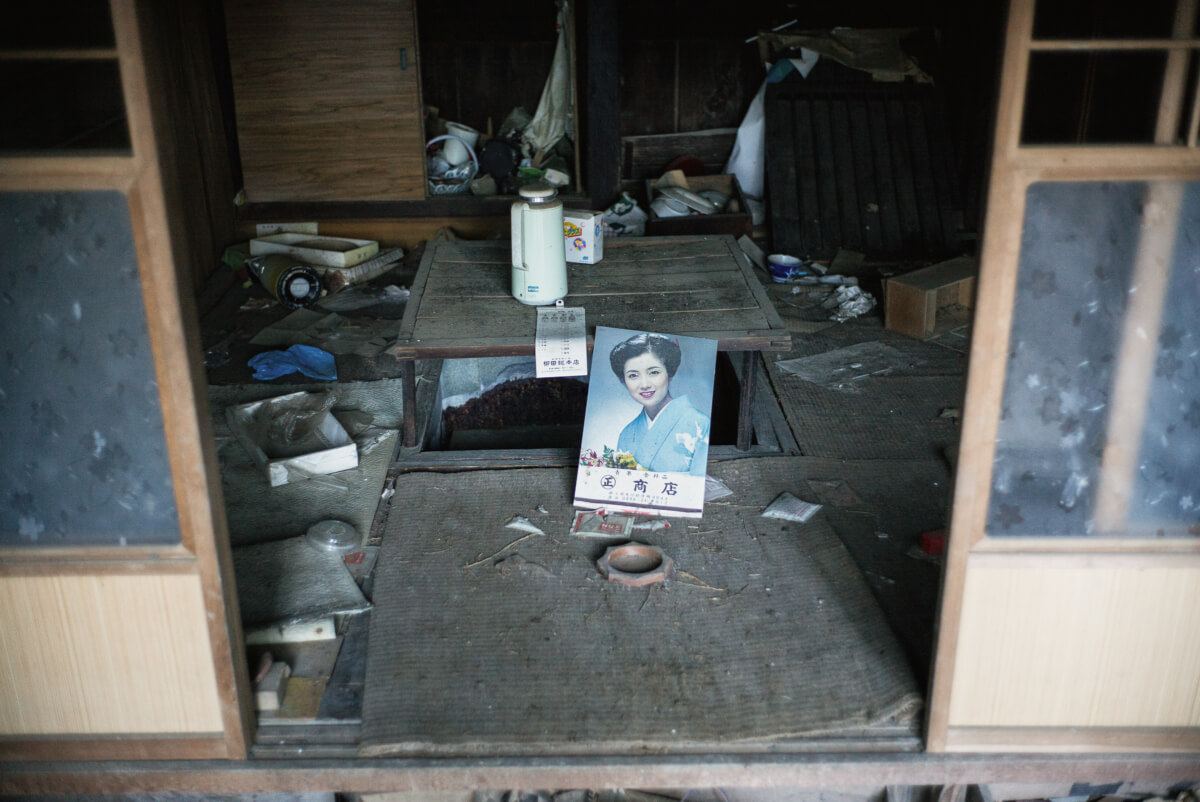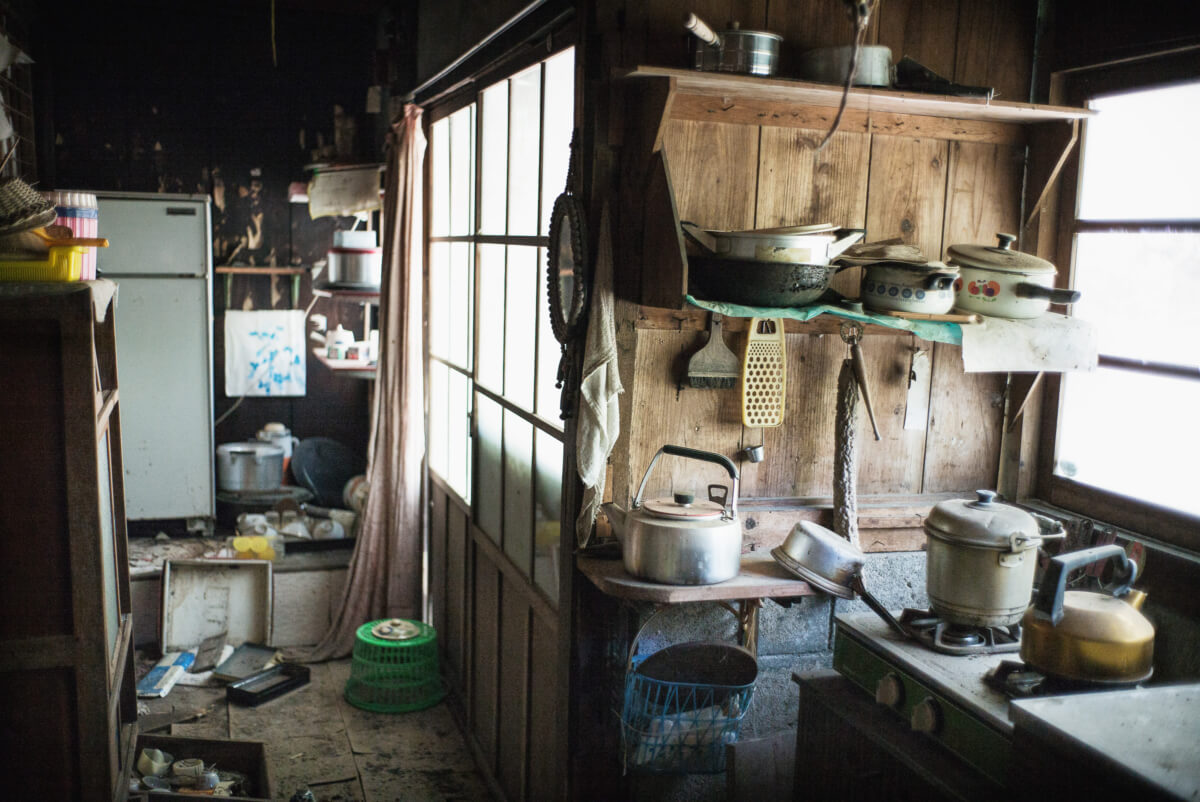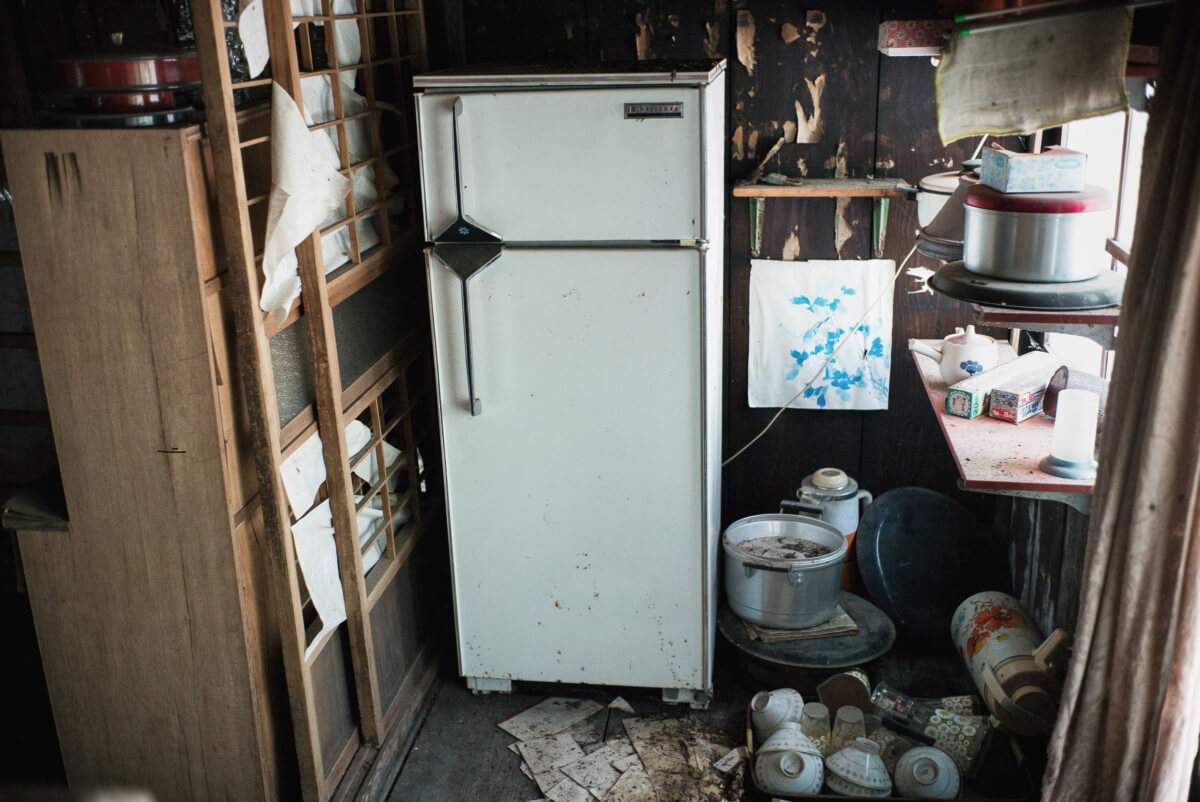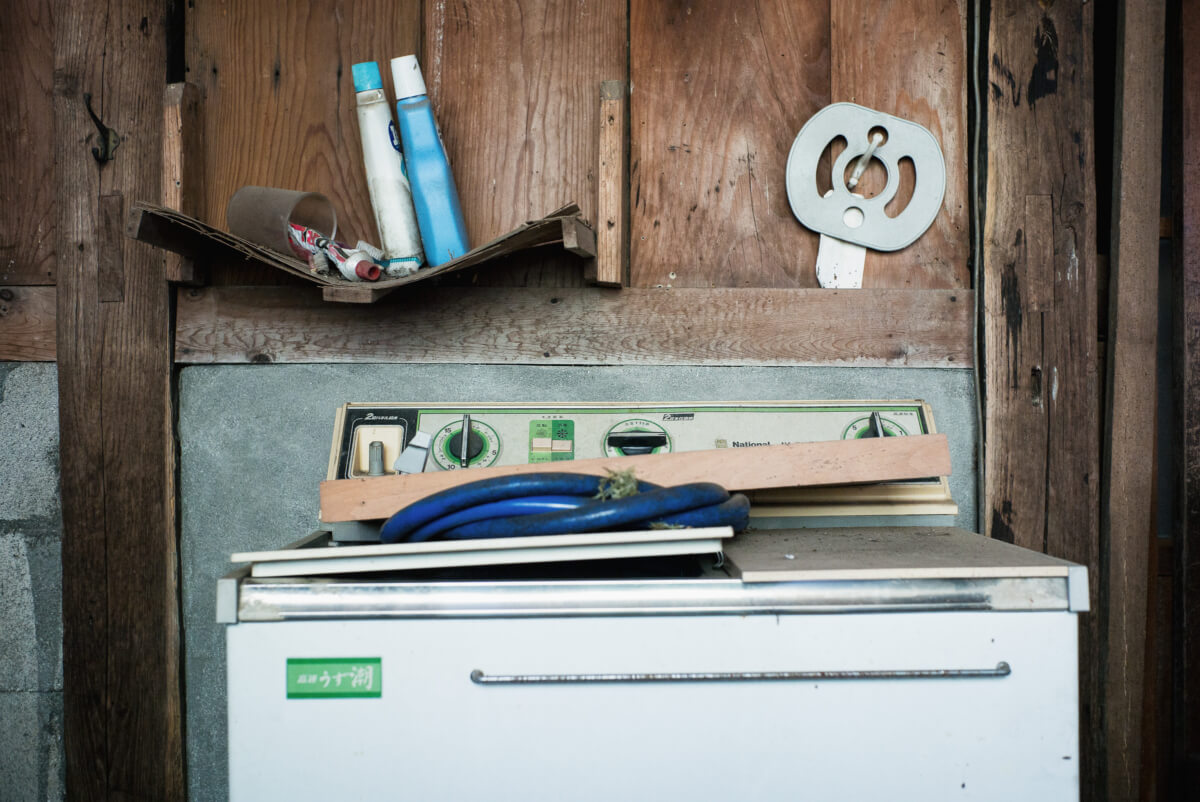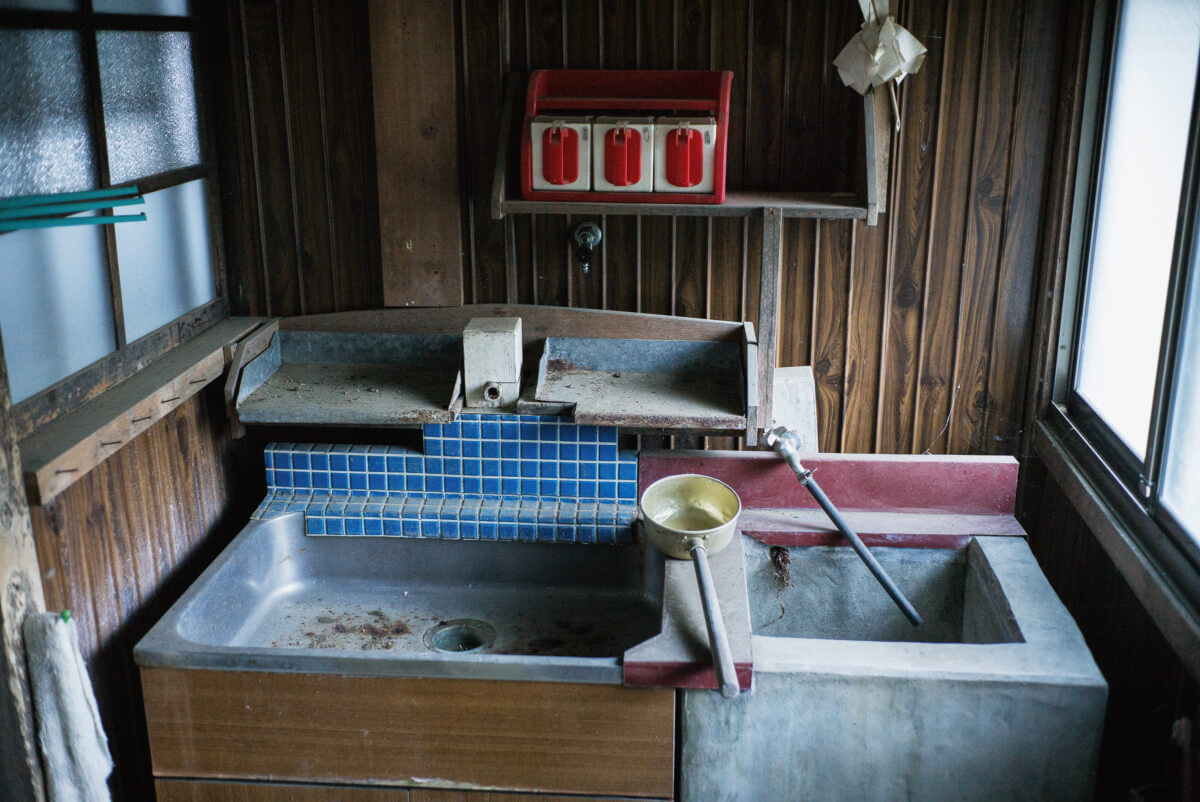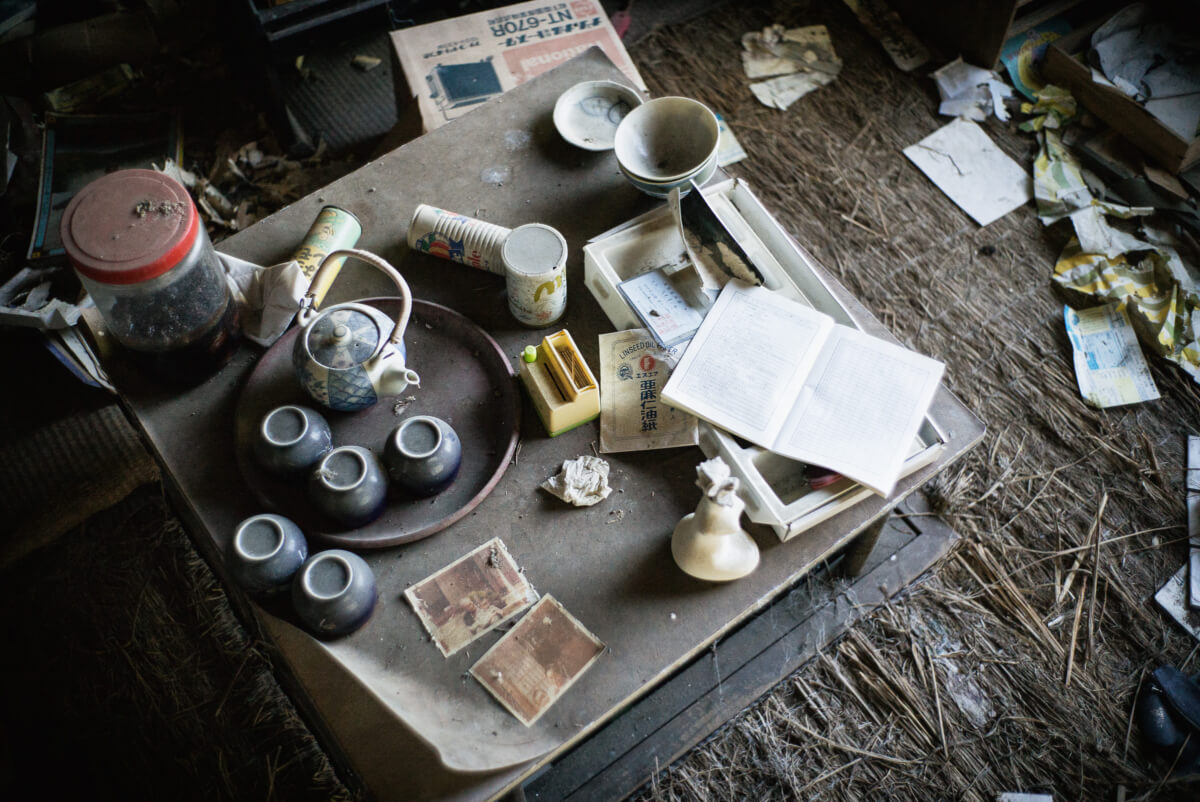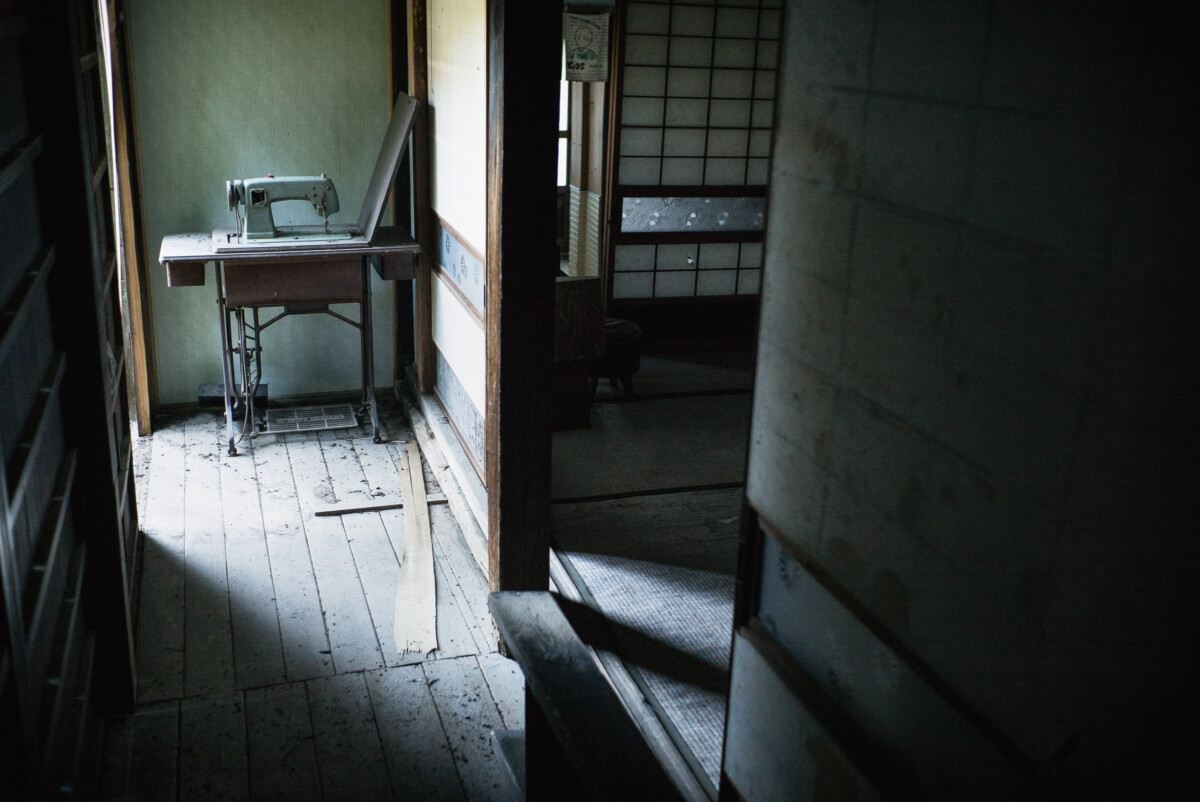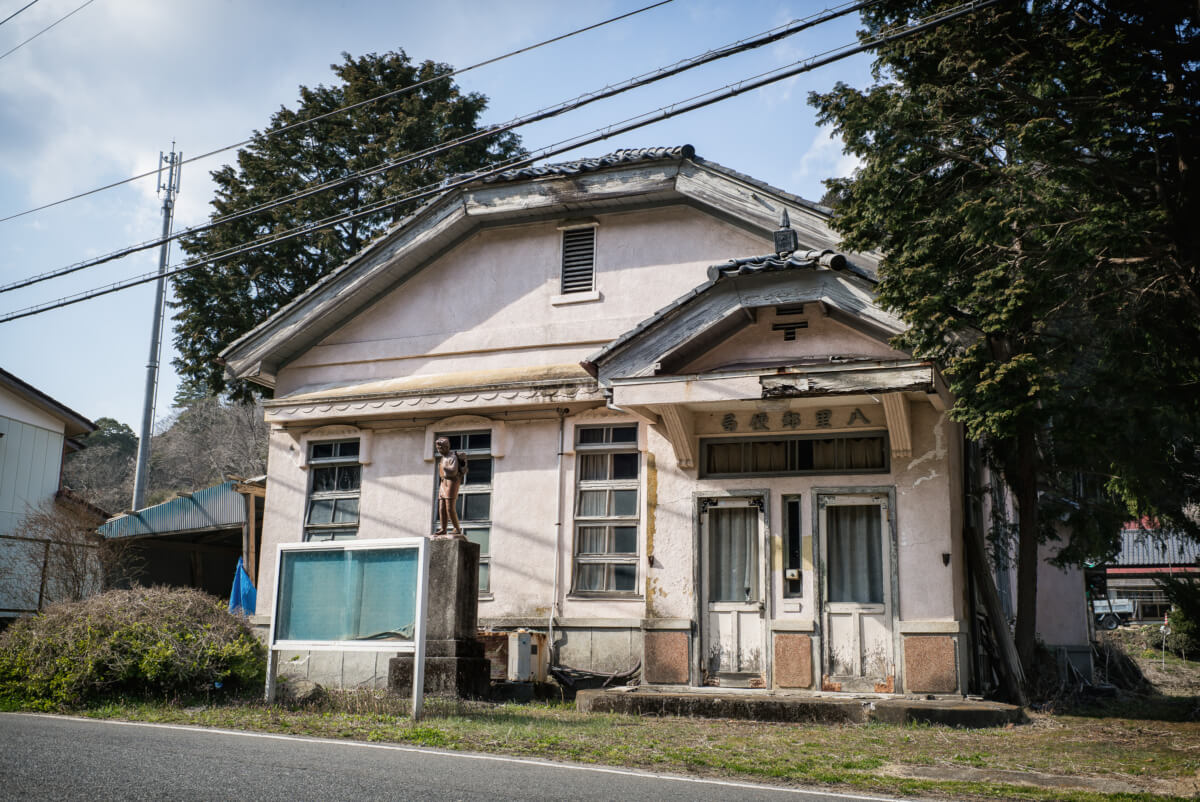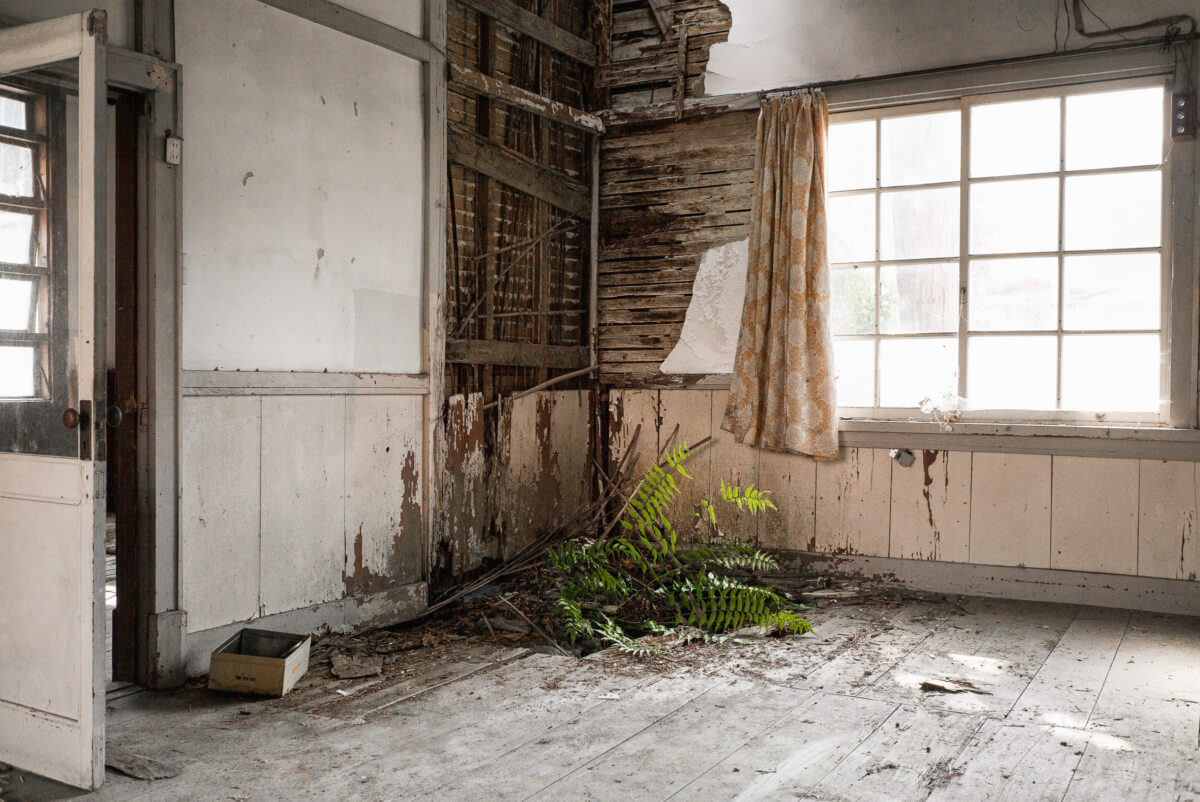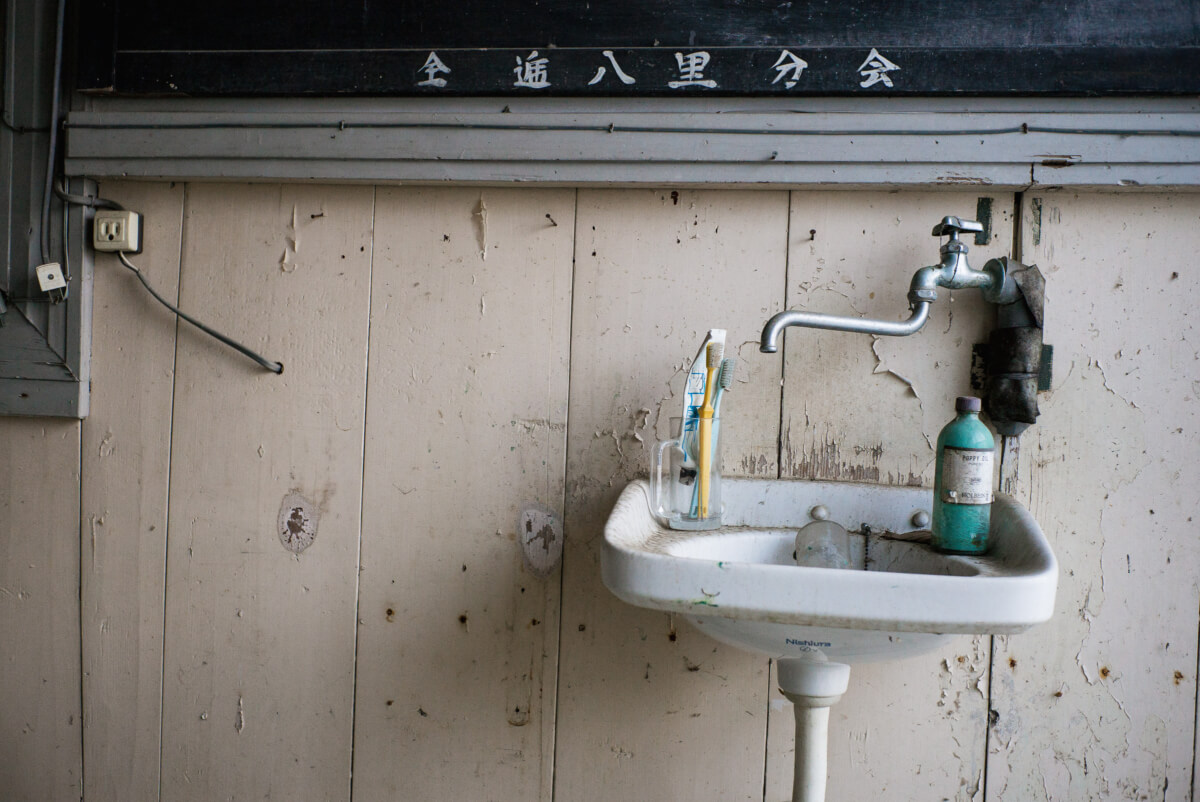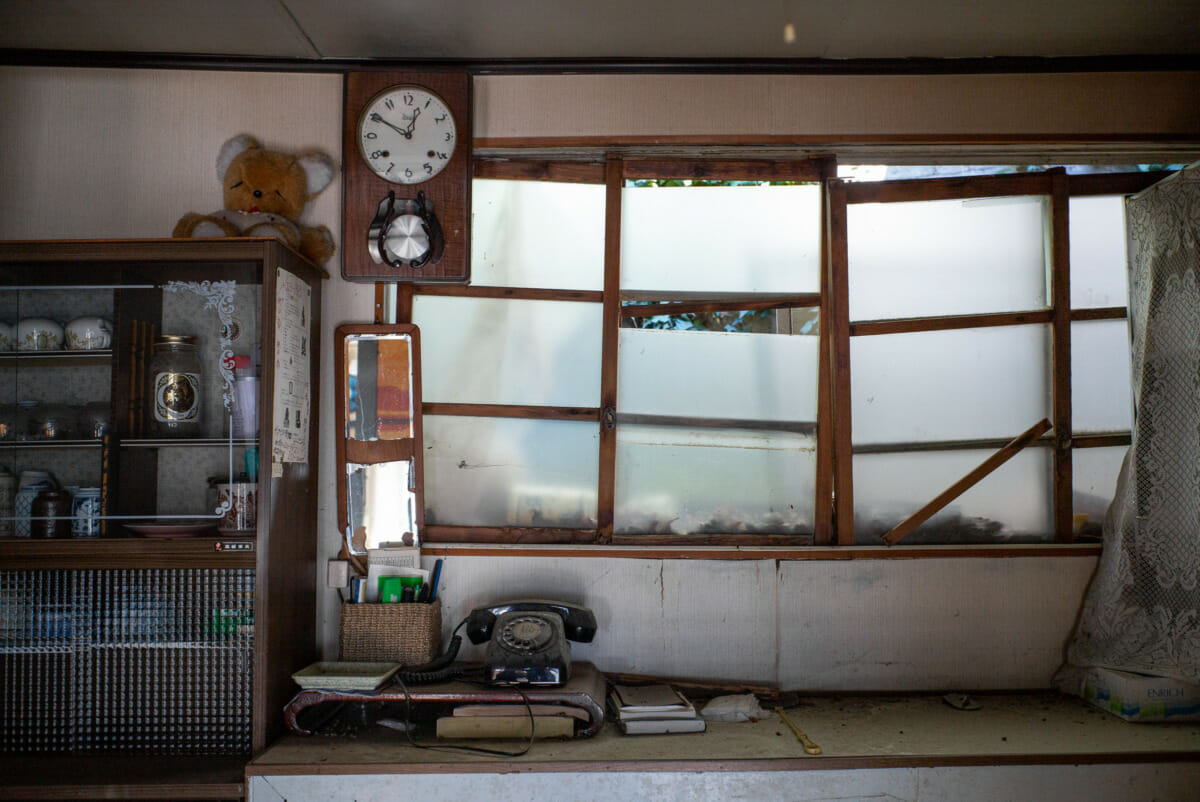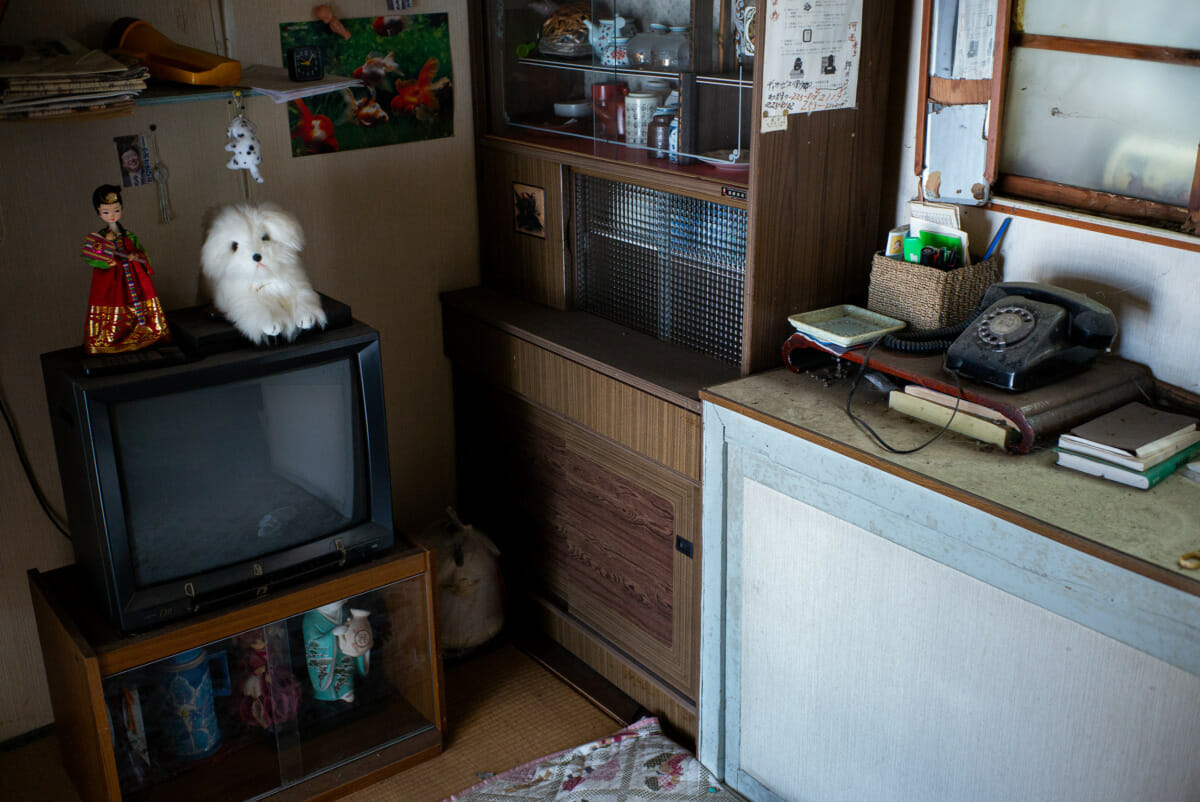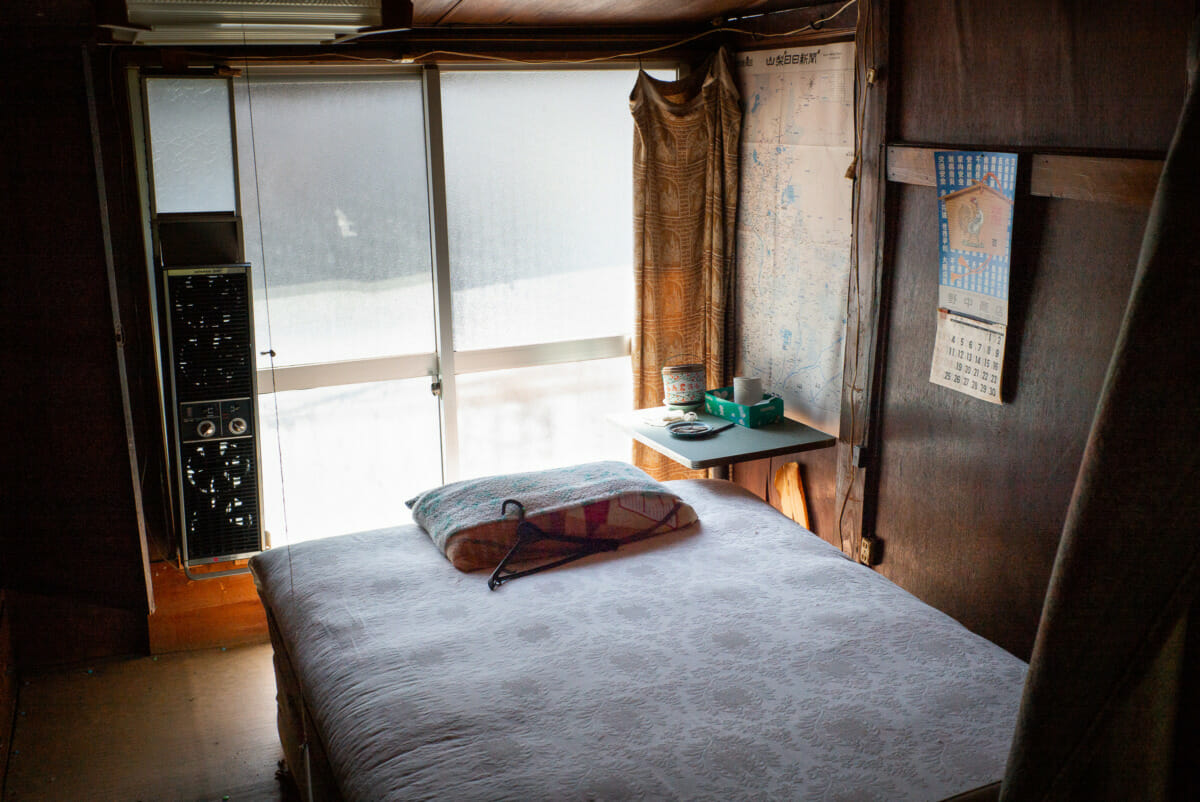For over 50 years now, this cable car in west Tokyo has sat totally unused, but unlike so many abandoned structures, it’s still surprisingly intact. And together with having once chatted to a lovely old bar owner who rode in the cabin during the brief period it was in use, it’s not in the least bit difficult to imagine some of the memories still attached to the location.
Haikyo
An abandoned hotel once occupied after the war
Built in 1929, the Ikaho Kanko Hotel must have been quite a place to stay in its day. Situated in a popular hot spring resort, the cultural heritage listed structure was originally designed to cater for the region’s foreign visitors. A surprising concept, especially so in those days, and one that took a rather ironic twist, as the hotel became an official recreation facility for the US occupation forces after World War Two. Fast forward to 2017, however, and all those factors seem more akin to another reality, rather than merely another era.
Like other hot spring areas that have seen better days, Ikaho is dotted with abandoned structures, and in an all too familiar story, the hotel simply couldn’t attract the number of paying customers it needed. So, at the end of May, 2007, it closed — exactly ten years ago to the day when these photos were taken. A decade that has exacted a very heavy toll on the building, with the climate already making some serious inroads.
But like so many abandoned places, whether they be villages, clinics, or even post offices, it’s the lack of sound that is often the most striking. Where once there were people and all manner of noises, there is now only silence. A key element that the remaining photographs hopefully convey.
An abandoned and slowly decaying Japanese clinic
Outside the big cities, Japan’s ageing population can make some areas feel like a very different country. They are visibly older in every way. Far less hectic too. And combined with urban migration, the number of residents is noticeably dwindling. With that in mind then, it’s not surprising that abandoned structures already dot the landscape. A trend that is only going to continue, meaning buildings like the clinic below will in many ways become commonplace.
Founded in 1918, and eventually closing in the early 70s, Japanese society saw more than a little upheaval during the years it was open. Inside, however, all that feels like a very long time ago, as it’s arguably more akin to a very badly kept museum than a mere abandoned building.
Unfortunately, those forty-odd years of neglect have really started to take their toll. Certain parts of the building have collapsed, and the flooring in general is more than a little suspect to say the least. That said, despite the damage and the general disarray, there’s still a genuine sense of what went on there — not to mention when.
Implements and the like are scattered all over the doctor’s room.
And the connected pharmacy still has some stock on the shelves.
Plus there’s a real feel of Japan in the 1960s.
But the chairs in the waiting room hint at something much darker than colourful calendars and a wonderfully retro TV.
Namely an operating room that due to all the dirt and damage, is like something out of a horror film.
A room that is now only connected with decay, rather than any kind of recovery.
The silence of an abandoned Japanese village
Abandoned buildings have the ability to conjure up a whole host of sensations. Some are terribly sad. Others can be genuinely nice places to spend some time in. But one thing they all have in common is their silence. A lack of sound that can actually be a little unsettling at times, especially so after escaping the incessant noise of Tokyo.
In the case of this particular little cluster of houses, however, it was simply nice and peaceful. A quietness that was accentuated by the things left behind. Objects with a sense of stillness they generally don’t posses; devoid, as they now are, of the people who once had a purpose for them.
So in a rather ambitious attempt to try and replicate that atmosphere, along with what it’s like to actually find such things in the first place, here’s a small set of photos without any text or further interruptions.
A beautiful and peaceful abandoned post office
Some haikyo (abandoned buildings) are without a doubt incredibly sad, preserving, as they often do, a very personal document of a total stranger’s life. At the same time, others can be genuinely disturbing, due to the mutilated and decaying recreations of life that have been left behind. But now and again it is possible to find a place that is simply beautiful. Like this old post office that was closed in the early 90s.
Exterior-wise it’s relatively interesting, as it makes a nice change from most modern Japanese buildings. It’s inside, however, where the real beauty lies. A space that despite being small and only sparsely furnished, has a warm, welcoming feel to it, making it a genuinely nice place to simply stand and soak up the atmosphere.
Plus as an added bonus, the adjoining room is slowly succumbing to nature — a sight that is always a pleasure to see.
And finally, as a suitably nice send off, there’s a personal item left by one of the people who used to work there all those years ago.
After way too long, I’ve finally put together an abandoned section in my portfolio site. Imaginatively titled, The abandoned, it highlights some of the things I’ve found in a variety of buildings over the years. To take a look, just click here.
The sadness of a small, abandoned Japanese house
Hemmed in by a new car park on one side and a ditch on the other, this abandoned house is small and basic to say the least. There’s no bathroom. Not even a toilet. A shared breeze-block outhouse being the only facility. Plus, as far as a kitchen goes, it was presumably a case of making do with a two ring gas table near the door. Yet despite the building’s size and rather primitive nature, until July 2005 its two rooms were clearly very much a home for the old lady who lived there.
A tiny, rectangular space as one entered acting as a living room, dining room and pretty much everything except a bedroom.
Up some terrifyingly steep and narrow stairs one finds the latter. A room that was so sad and silent that the opening verses of John Betjeman’s Death in Leamington seemed unsettlingly apt:
She died in the upstairs bedroom
By the light of the ev’ning star
That shone through the plate glass window
From over Leamington Spa.
Beside her the lonely crochet
Lay patiently and unstirred,
But the fingers that would have work’d it
Were dead as the spoken word.

